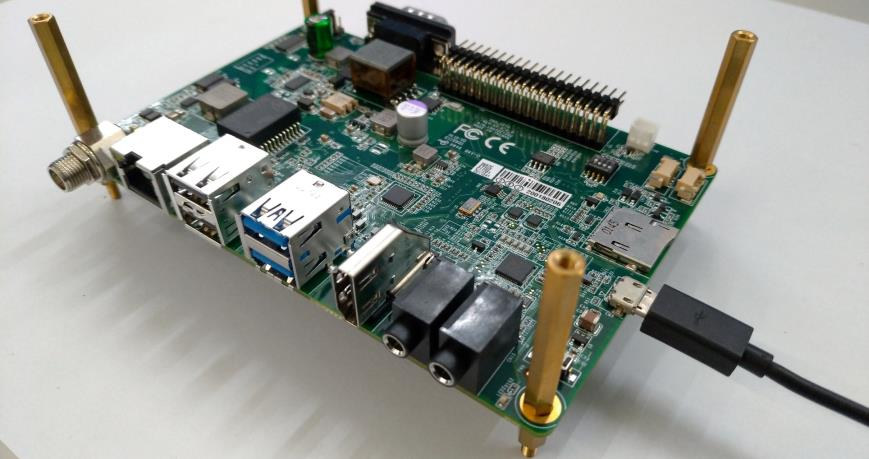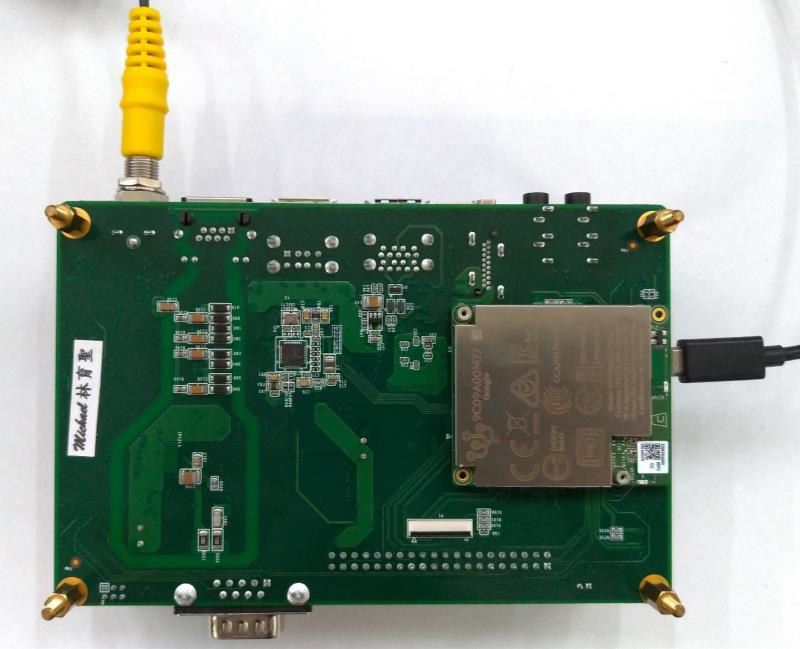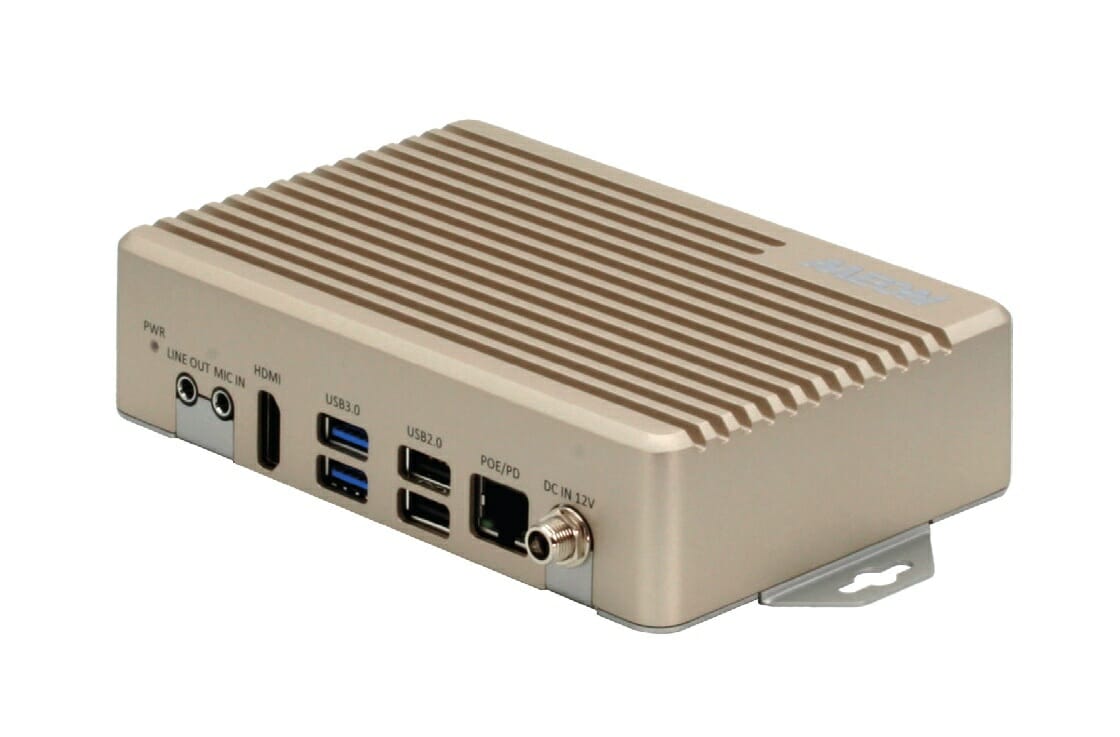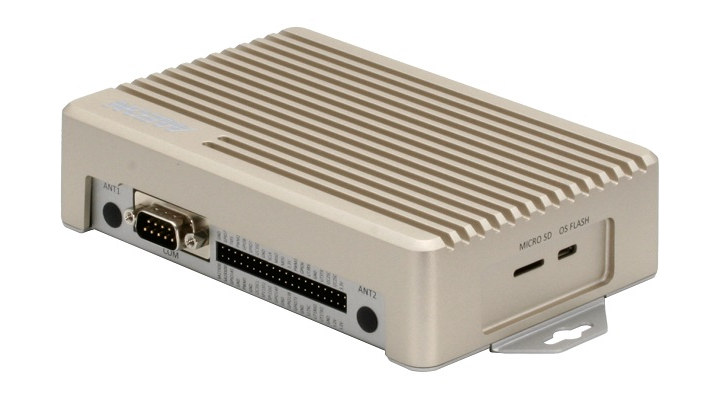AAEON has introduced several BOXER AI edge computers over the years either powered by an NVIDIA Jetson module, a HiSilicon HI3559A Arm SoC, or an Intel processor combined with Movidius Myriad AI accelerator.
The latest model, BOXER-8521AI, combines an NXP i.MX 8M SoC with Google Edge TPU AI accelerator, and offers 1GB RAM, USB ports, a 40-pin external I/O connector, and 12V or PoE power inputs.
AAEON BOXER-8521AI specifications:
- SoC – NXP i.MX 8M SoC quad-core Cortex-A53 processor with Cortex-M4F real-time core, 2D/3D GPUs
- AI Accelerator – Google Edge TPU ML accelerator coprocessor
- System Memory – 1GB LPDDR4x RAM
- Storage – 8GB eMMC flash, MicroSD card slot
- Video Output – 1x HDMI 2.0a port
- Audio – 1x Mic-in, 1x Line-out, optional 2x MEMS microphones
- Connectivity
- Gigabit Ethernet RJ45 port with PoE (802.3at)
- Optional? WiFi 2×2 MIMO (802.11b/g/n/ac 2.4/5GHz) & Bluetooth 4.1 plus two antennas
- USB – 2x USB3.2 Gen 1 Type-A ports, 2x USB 2.0 Type-A ports
- Serial – 1x RS-232/485 DB9 port
- Expansion – 40-pin I/O header (accessible externally) with GPIO, I2C, SAI, SPI, UART, PWM
- Programming – 1x Micro USB port to flash the OS
- Misc – Power LED
- Power Supply
- 12V DC via lockable DC jack
- PoE (802.3at)
- Dimensions – 175 .8 x 100 .0 x 39 .0 mm
- Weight – 580 grams
- Temperature Range
- Operating – -5°C ~ 50°C, according to IEC60068-2 with 0.5 m/s airflow
- Storage – -40°C ~ 85°C
- Storage Humidity – 95% @ 40°C, non-condensing
- Anti-Vibration – Random, 3.5Grm, 5~500Hz
- Anti-Shock – 50G peak acceleration (11 msec. duration,eMMC,microSD)
- Certifications – CE/FCC class A
The fanless rugged mini PC runs ACLinux 4.0 operating system based on Debian 10, and developers can use Google’s suite of training software, including AutoML Vision Edge, and create models for TensorFlow Lite framework.


AAEON BOXER-8521AI fanless AI edge computer is available now, and samples can be purchased directly on AAEON’s store for $500 without the power supply that can be purchased separately. Additional information, including the datasheet and user manual, can be found on the product page.

Jean-Luc started CNX Software in 2010 as a part-time endeavor, before quitting his job as a software engineering manager, and starting to write daily news, and reviews full time later in 2011.
Support CNX Software! Donate via cryptocurrencies, become a Patron on Patreon, or purchase goods on Amazon or Aliexpress






